The Spook Who Sat by the Door (film)
7.2 /10 1 Votes
Initial DVD release January 27, 2004 Duration Language English | 7.2/10 IMDb Genre Action, Drama, Crime Country USA | |||||||||||||||||||||||||||||||||
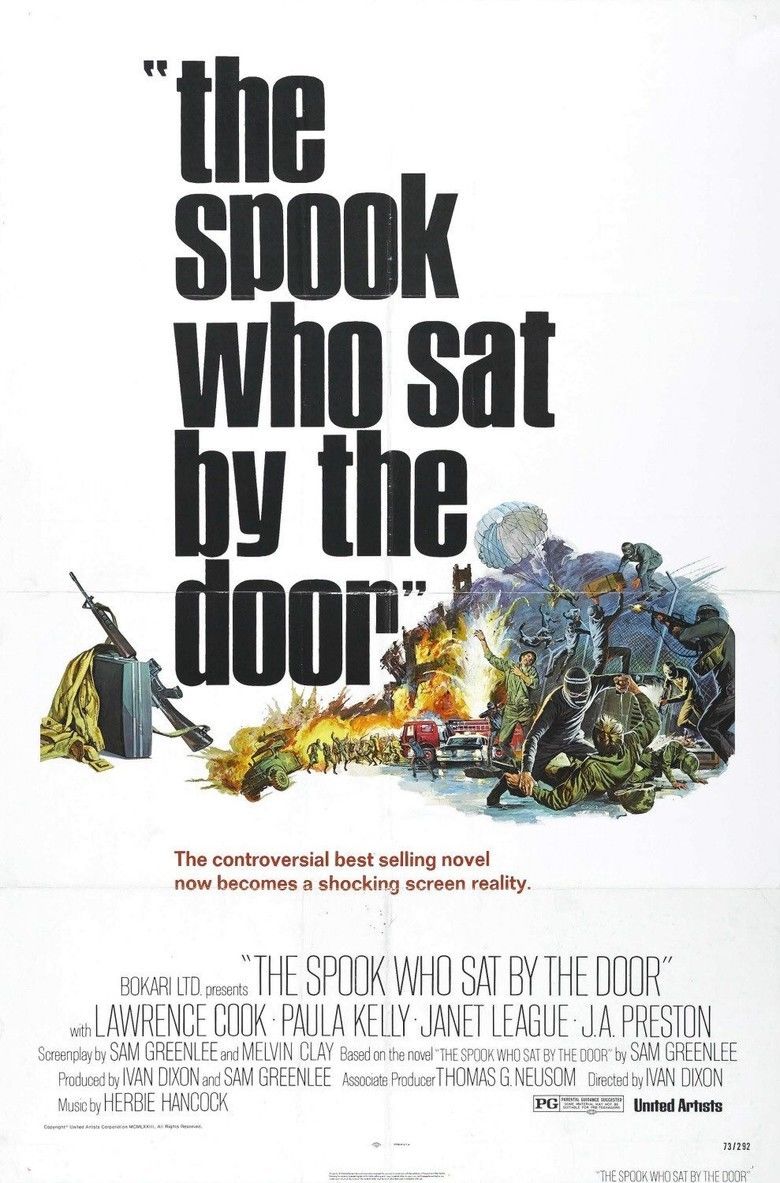 | ||||||||||||||||||||||||||||||||||
Release date September 21, 1973 Cast (Dan Freeman), Janet League (Joy), Paula Kelly (Dahomey Queen), J. A. Preston (Dawson)Similar movies Mission: Impossible , Spy , Mission: Impossible II , Django Unchained , Bridge of Spies , The Expendables 3 | ||||||||||||||||||||||||||||||||||
The Spook Who Sat by the Door is a 1973 action crime–drama film based on the 1969 novel of the same name by Sam Greenlee. It is both a satire of the civil rights struggle in the United States of the late 1960s and a serious attempt to focus on the issue of black militancy. Dan Freeman, the titular protagonist, is enlisted in the Central Intelligence Agency's elitist espionage program as its token black. After mastering agency tactics, however, he becomes disillusioned and drops out to train young Chicago blacks as "Freedom Fighters". As a story of one man's reaction to white ruling-class hypocrisy, the film is loosely autobiographical and personal.
Contents
- Plot
- Historical context
- Critical reception
- Title
- Legacy
- Additional reading
- The story of the spook who sat by the door movie 1973
- References
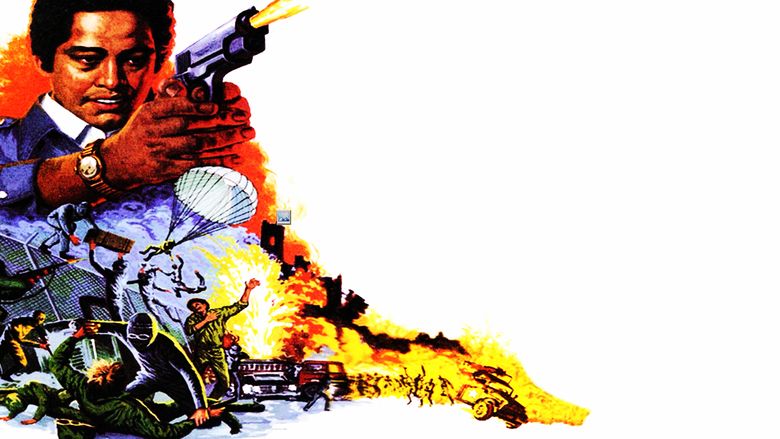
The novel and the film also dramatize the CIA's history of giving training to persons and/or groups who later utilize their specialized intelligence training against the agency - an example of "blowback."
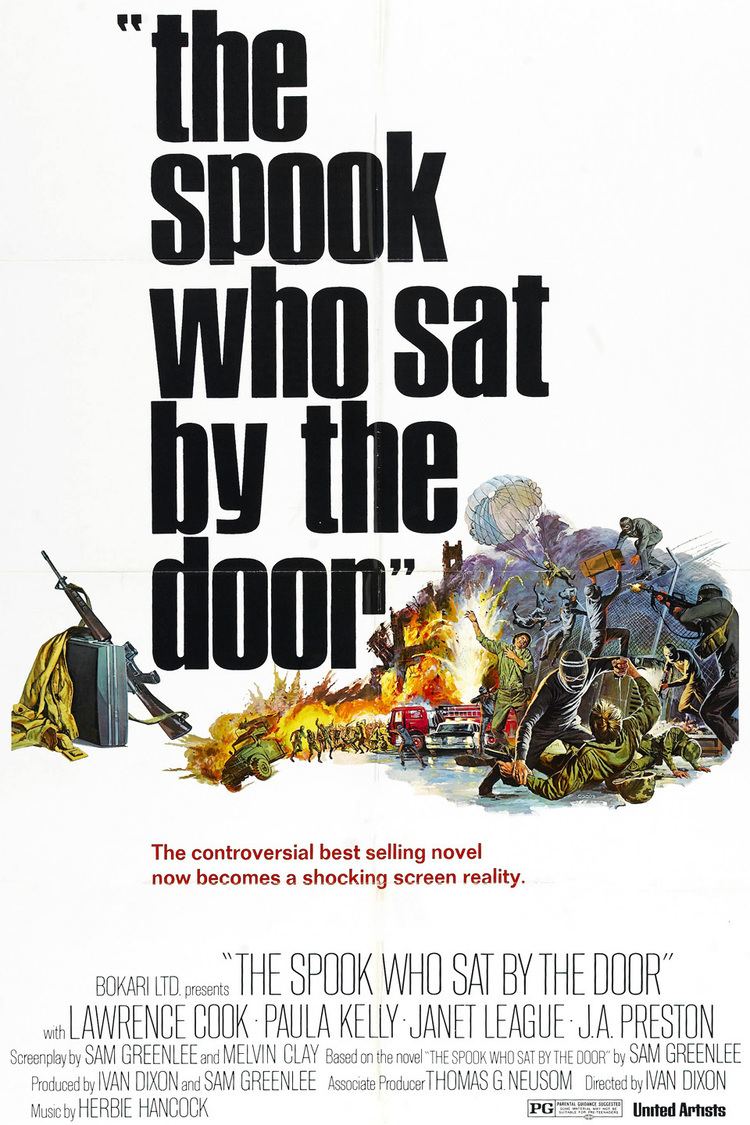
Directed by Ivan Dixon, co-produced by Dixon and Greenlee, from a screenplay written by Greenlee with Mel Clay, the film starred Lawrence Cook, Paula Kelly, Janet League, J. A. Preston, and David Lemieux. It was mostly shot in Gary, Indiana, because the themes of racial strife did not please Chicago's then-mayor Richard J. Daley. The soundtrack was composed by Herbie Hancock.
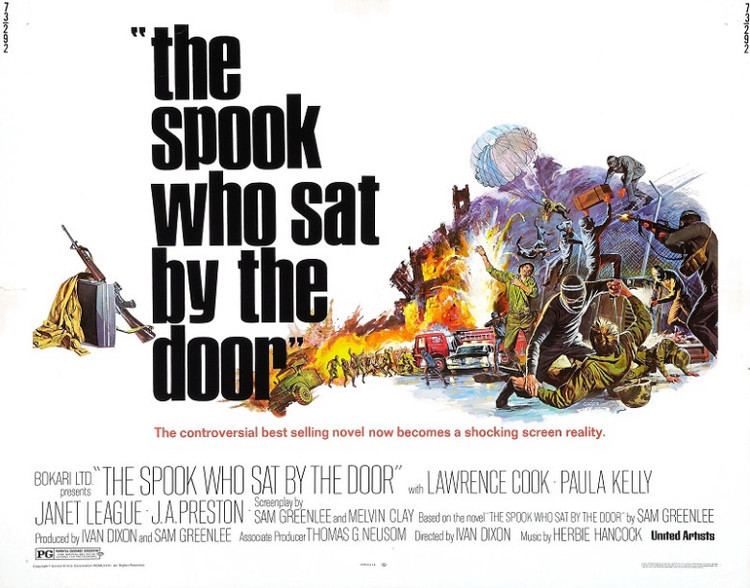
In 2012, the film was added to the National Film Registry, which annually chooses 25 films that are "culturally, historically or aesthetically significant", and are at least 10 years old.
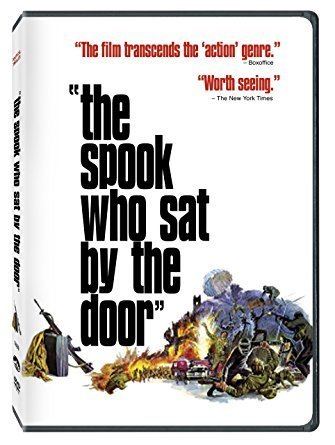
Plot

The story takes place in the early 1970s in Chicago. The CIA has been required for political reasons to recruit African Americans for training. Only one of them, Dan Freeman (Lawrence Cook), secretly a black nationalist, successfully completes the training process. He becomes the first black man in the agency and is given a desk job—Top Secret Reproduction Center Sections Chief (which means he is in charge of the copy machine). Freeman understands that he is the token black person in the CIA, and that the CIA defines his function as providing proof of the agency's supposed commitment to integration and progress. Therefore, after completing his training in guerrilla warfare techniques, weaponry, communications and subversion, Freeman puts in just enough time to avoid raising any suspicions about his motives before he resigns from the CIA and returns to work in the social services in Chicago.
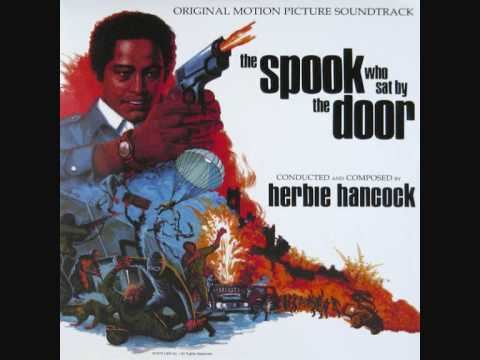
Upon his return, Freeman immediately begins recruiting young black men living in the inner city of Chicago to become “Freedom Fighters” teaching them all of the guerrilla warfare tactics that he learned from the CIA. They become a guerrilla group with Freeman as the secret leader. The “Freedom Fighters” set out to ensure that black people truly live freely within the United States by partaking in both violent and non-violent actions throughout Chicago. The “Freedom Fighters” of Chicago begin spreading the word about their guerrilla warfare tactics across the United States; as Freeman says, “What we got now is a colony, what we want is a new nation.” As revolt and a war of liberation continues in inner-city Chicago, the National Guard and the police desperately try to stop the “freedom fighters”.

The film provides discussions about black militancy and the violent reactions that took place by white America in response to the progress of the Civil Rights Movement.
Historical context

The political atmosphere in the United States during the time of the book's publication was particularly contentious as civil rights, women’s rights, and gay rights movements became visible in the public sphere. Tim Reid, whose company helped to release Spook on DVD, said to the Los Angeles Times in 2004: "When you look back at the times...Martin Luther King was assassinated, Malcolm X, Bobby Kennedy. Black people were really angry and frustrated; we were tired of seeing our leaders killed. What do we do? Do we have a revolution? There is nothing that comes close to this movie in terms of black radicalism."
Soon after its release, with the facilitation of F.B.I. suppression, the film was removed from theaters as a result of its politically controversial message. Nina Metz wrote in the Chicago Tribune: "For years it was only available on bootleg video. In 2004, the actor Tim Reid tracked down a remaining negative stored in a vault under a different name ("When they want to lose something, they lose it," Reid told the Tribune at the time) and released it on DVD." In a 2004 feature for NPR, Karen Bates reported that the director of the film, Ivan Dixon, admitted that United Artists would not show the film in a way that would allow its political message to come through when clips were viewed prior to the film’s public release. "Dixon says when United Artists screened the finished product and saw a Panavision version of political Armageddon, they were stunned." Perhaps it is a testament to the powerful message of the film that it was deemed potentially too influential, as if the film would encourage black people to militantly rebel against the white power structure.
Critical reception
Film critics agree that The Spook Who Sat By the Door is a significant movie in that it presents a highly politically charged vision of black people. In a review for Philadelphia City Paper, Sam Adams recognizes the importance of Spook’s questioning of politics and race in America, despite some other technical weaknesses. Adams writes: “the movie's sly polemicism has arguably aged better than the revolutionary rhetoric that inspired it.” In this way, although the film’s militant messages are not necessarily applicable today, its controversial questioning of politics and race is still significant. Adams also notes the conflict within Spook in its use of stereotypical imagery along with its revolutionary political message: “Hailed as a landmark and denounced as racist, 'The Spook Who Sat by the Door' is, at the very least, still worth arguing over.”
Similarly, Vincent Canby’s 1973 review of the film for The New York Times notes the film’s use of stereotypes in order to convey the message at the heart of it: “The rage it projects is real, even though the means by which that rage is projected are stereotypes. Black as well as white”. Canby also notes the difficulty he had with reviewing the film in that, although it is not technically impressive or innovative, its political and racial significance is not to be underestimated or dismissed. “...'The Spook Who Sat by the Door' is a difficult work to judge coherently. It is such a mixture of passion, humor, hindsight, prophecy, prejudice and reaction that the fact that it's not a very well-made movie, and is seldom convincing as melodrama, is almost beside the point.”
According to David Somerset of the British Film Institute (where the film was screened in May 2012 as part of their African Odysseys strand), "the major achievement of Spook is its depiction of a spectrum of social roles within the African-American community. It’s a vivid picture of the language of race politics whose complexity and inherent contradictions go to the heart of the African-American experience, encouraging the viewer to transcend class and consider their collective plight. Without this critique of individual complicity in oppression, The Spook Who Sat by the Door could be accused of being a rabble-rousing exercise in fuelling blind resentment, but as Freeman tells a fellow gang member, 'This is not about hating white folks… this is about loving freedom enough to fight and die for it.'"
Title
The title refers to a practice in the early days of affirmative action when the first Black person hired by a company or agency would be seated close to the office entrance so that all who came and went could see that the company was racially mixed. The word "spook" in the title has a dual meaning: a racial slur for an African American and a slang term for spy. The same dual meaning plays a role in the plot of the 2000 Philip Roth novel, The Human Stain, as well as in the film made after the book.
Legacy
In 2011, a documentary about the making of the movie entitled Infiltrating Hollywood: The Rise and Fall of the Spook Who Sat By the Door was released. Directed by Christine Acham and Clifford Ward, it featured Sam Greenlee and others involved in the making of the film.
In 2012, the film was named by the Library of Congress as among the 25 additions of that year to the National Film Registry which is "a compendium of motion pictures that captures the breadth of American culture, history and social fabric, with the aim of preserving these fragile films for future generations".
Additional reading
The story of the spook who sat by the door movie 1973
References
The Spook Who Sat by the Door (film) WikipediaThe Spook Who Sat by the Door (film) IMDb The Spook Who Sat by the Door (film) themoviedb.org
